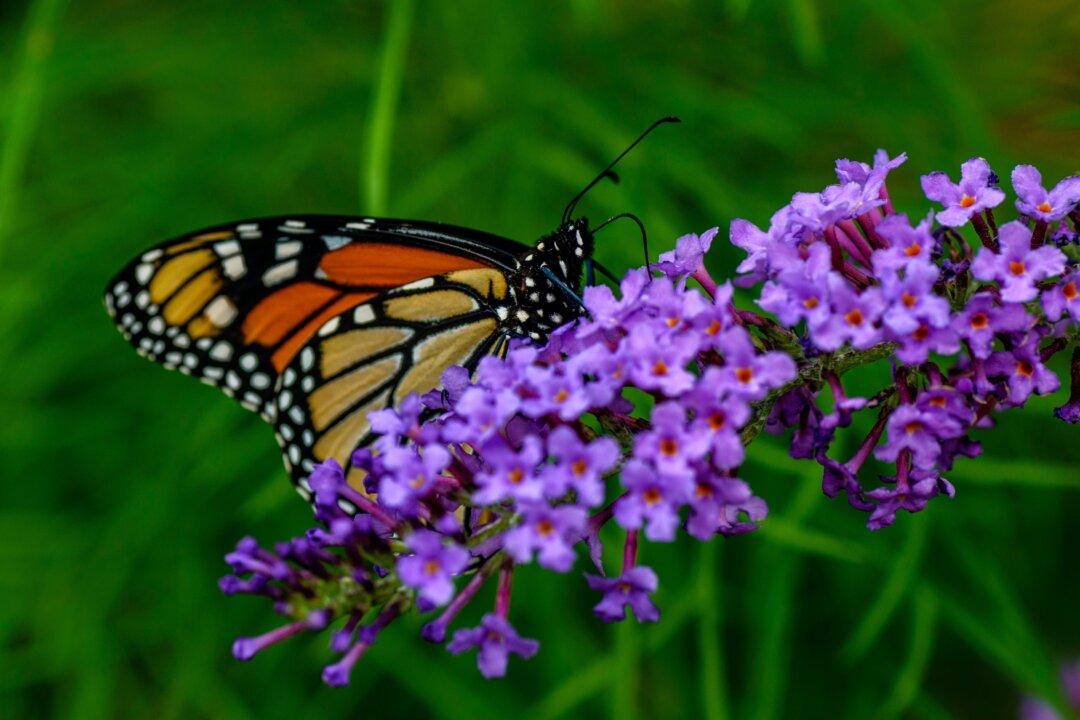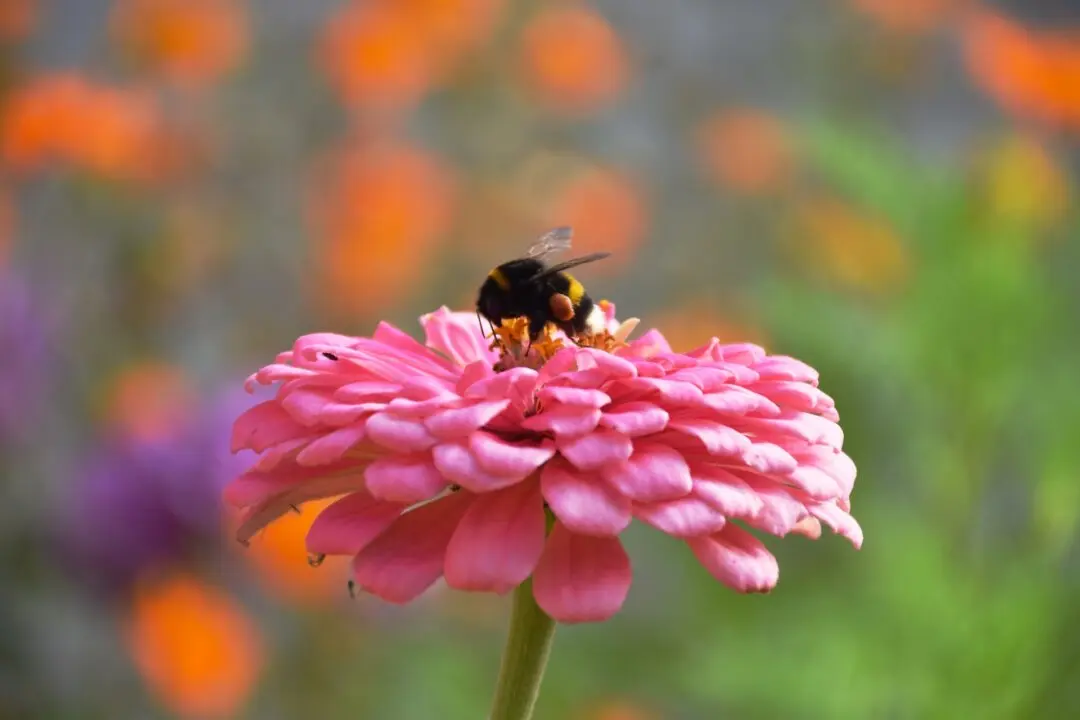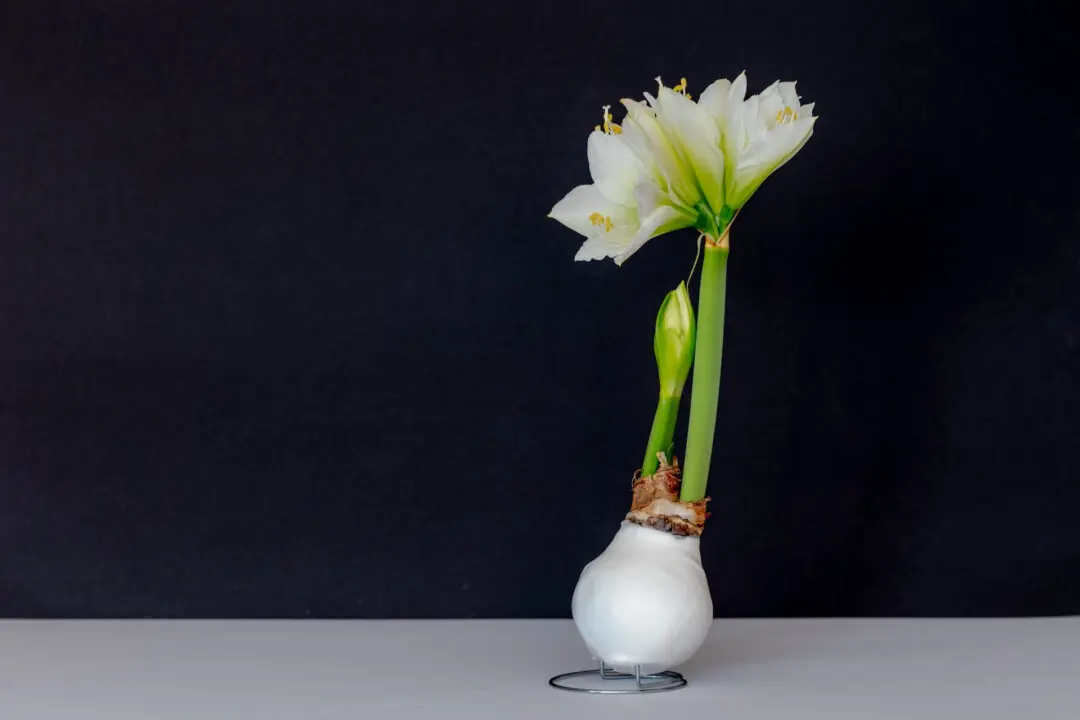Q: My landscape is boring! It needs color in the summer, especially in July and August. I don’t want annual flowers that have to be replanted. There are summer flower beds with a few roses, but I think there should be taller flowers as well. What other shrubs bloom during this time of year? I think I am in Zone 5.
A: There are several nice late-summer-blooming shrubs for mid-continent to northern areas. There are more blooming shrubs in warmer areas than in the north, such as crepe myrtles, gardenias, and oleanders.





